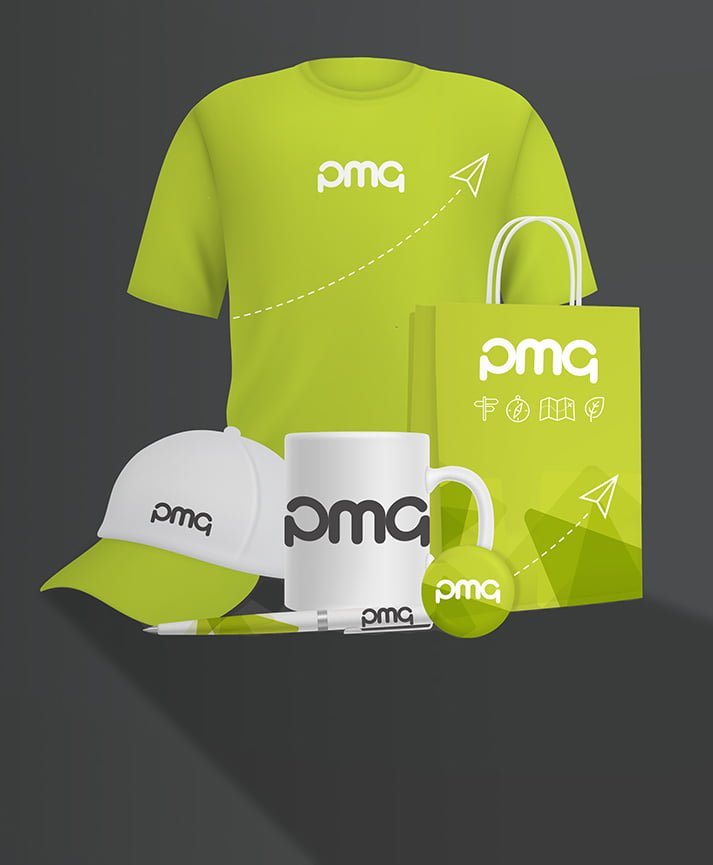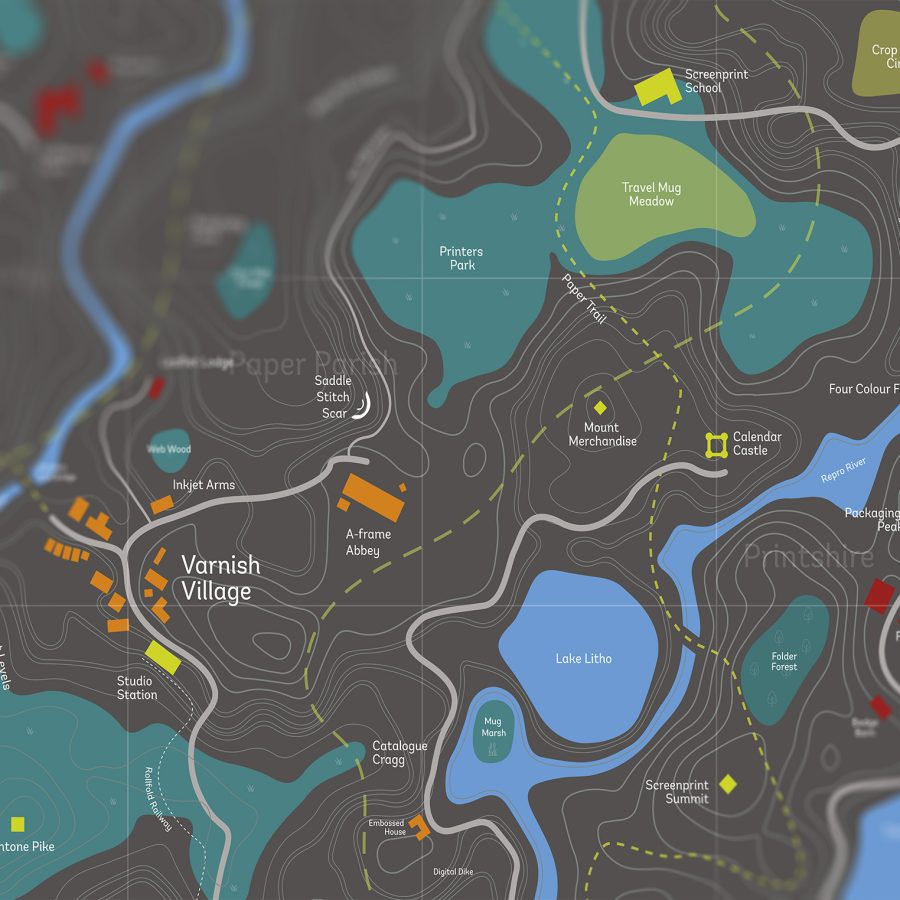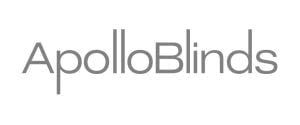
Print design is a complex field that many companies still don’t take seriously enough. Poor print design isn’t just ineffective, it’s embarrassing – and it can make a significant dent in your brand’s credibility. Good print designs are the culmination of many different design elements that combine perfectly to reflect your brand. Typefaces remain a key element of print design. Every typeface has its own tone and personality. For example, we associate Impact with tabloid headlines and Times New Roman with books and broadsheets. Comic Sans is childish and playful, while Arial is dull and safe. Clearly, there is no perfect typeface that’s suitable for every situation, but there are certainly some typefaces that are more popular than others. We take a look at some typefaces that are favoured by designers, and what makes them work so well.
Where else could we start but with arguably the most famous typeface of them all? Helvetica is a 50-year-old sans serif typeface that’s one of Switzerland’s most significant exports. Helvetica is everywhere – variations of the typeface are used by hundreds of companies, including Microsoft, Toyota and American Apparel. It’s overused, but it’s still not annoying. Sure, it’s a safe choice these days, but Helvetica is popular because it’s so simple. It’s easy to read, and it’s somehow both classic and modern, friendly and authoritative. Today’s print designers will actively try and find alternatives to Helvetica, but there are plenty of reasons for its success.
The Gotham group of typefaces are relatively young, first emerging in 2000, but they’ve already been established as all-time classics. Gotham is probably best known for featuring on many of the Obama campaign materials during the 2008 presidential election campaign. This famous font is also used by Saturday Night Live, the Tribeca Film Festival, Channel 5 and for on-screen graphics during the FIFA 2014 World Cup and the Eurovision Song Contest. Gotham is often described as a distinctly American typeface. It’s assertive, modern, and versatile. USA Today named it the typeface of the decade.
Futura and its variants originate in the 1920s. Futura is known for its efficient evenness – it’s very much inspired by the Bauhaus school of design. It’s a no-frills font that’s grown even more popular throughout the decades. Originally, Futura must have looked like a font from the future. It was famously used on the plaque left on the moon in July 1969, declaring ‘we came in peace for all mankind’. Today, the Futura family of fonts are used by many brands, including Louis Vuitton and Red Bull. It’s heavily used in film and TV – director Wes Anderson has used it in all of his recent films, and it’s also been used for Oscar-winner American Beauty as well as V for Vendetta, among others.
If you’re really struggling to find the right typeface to use for your print design, you can do much worse than these famous typefaces. If you’d like to use a more original typeface, the PMG print design team will be glad to help you find the right font for your design.
















































